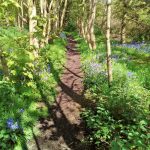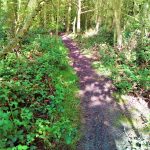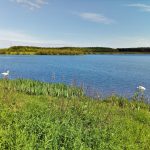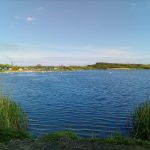Description
Queen Elizabeth II Country Park
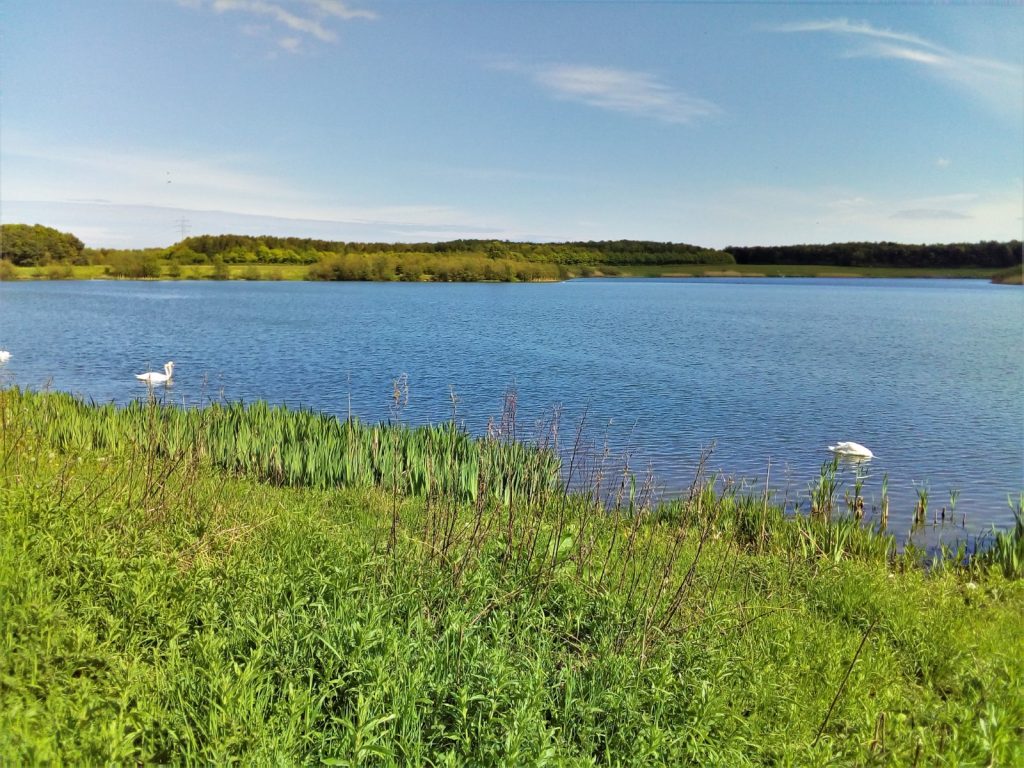
This is a beautiful 3 mile flat walk around the Queen Elizabeth II Country Park and Lake. It is a shorter walk for those who have just started Nordic walking or would like to build up their distance.
It is also an excellent chance to get some extra pointers on techique. We can work on any issues you may be having.
Details
| Hills: | No hills | |
| Distance: | Short distance | |
| Grade: | Easy | |
| Map: |  |
|
| This walk is on OS map 325 Morpeth & Blyth. Click on map image to buy this map. | ||
| Declaration: We are a participant in the Amazon Services LLC Associates Program, an affiliate advertising program designed to provide a means for us to earn fees by linking to Amazon.com and affiliated sites. | ||
The start
We will meet in the car park at the Country Park, where you will be provided with poles (if needed). After that, we will carry out a very short teaching session to refresh your memory (if you need it) and then take a walk around the Country Park and its 40 acre lake.
The Country Park is another great area to Nordic walk around as it is flat and the footpaths are very good. As a result, you can concentrate on technique.

Places of interest
Queen Elizabeth II Country Park
The QEII Country Park is an excellent example of restored industrial land but with evidence of its industrial past everywhere. Once the biggest colliery spoil heap in Europe this park is an excellent example of restored industrial land. The main feature of the site is a 16 hectare lake, which is surrounded by open grassland and woodland.
The diverse habitats established over the years have led to a variety of birds, plants and animals becoming resident in the park, a number of which are protected species. In addition the lake provides an ideal site for both resident and migratory birds.
The lake is also popular venue for sail boarding, canoeing and coarse fishing.
Woodhorn Colliery
For more than 80 years Woodhorn was a coal mine. In 1894, work to sink the first shaft began and, a few years later in 1898, the first coal was brought to the surface. At its peak almost 2,000 men worked at the pit and 600,000 tons of coal was produced each year. Production stopped in 1981 but the shafts continued to be used for neighbouring Ashington Colliery until 1986. It began its life as a museum in 1989 and following major redevelopment, reopened in October 2006.
Gallery – Queen Elizabeth II Country Park
Home | Blog | Walks | Sign-up | Contact
Strolls with poles – Nordic Walking for Fun and Fitness



